- EasyCard
- Trade
- Help
- Announcement
- Academy
- SWIFT Code
- Iban Number
- Referral
- Customer Service
- Blog
- Creator
Reduce USDT Withdrawal Costs: Tips for Finding Low-Fee or Even Zero-Fee Channels
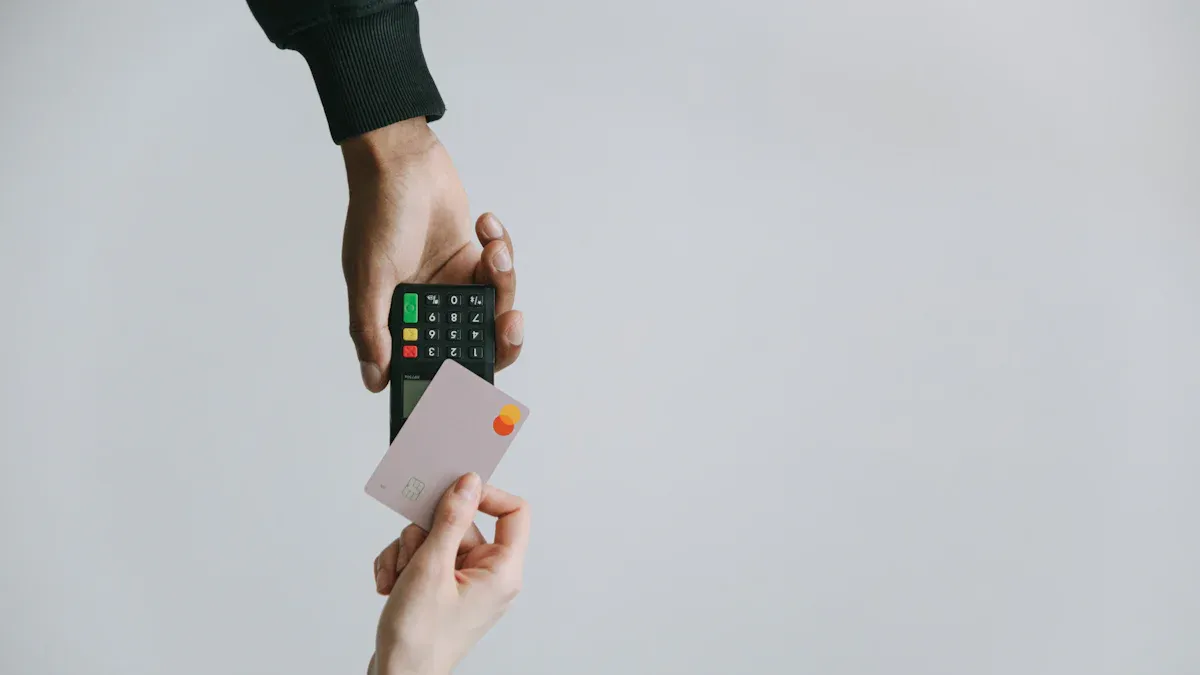
Image Source: pexels
Have you ever been frustrated by high USDT withdrawal handling fees? The key to reducing costs lies in two core techniques: choosing the right network and using the right tools. Mastering the correct methods can save you a significant amount.
For the same 1000 USDT digital currency withdrawal, some spend over ten dollars, while others only a few cents. This huge difference stems from whether the correct methods are mastered.
Key Points
- Choosing the correct withdrawal network can significantly reduce USDT withdrawal fees.
- TRC-20 and BEP-20 networks usually have lower fees and faster speeds than ERC-20.
- Using platform internal transfer functions can achieve zero-fee USDT transfers.
- Always conduct a small test withdrawal before large ones to avoid fund losses.
- Beware of fake “zero-fee” scams to ensure fund security.
Choose the Right Withdrawal Network: First Step to Reducing Costs

Image Source: unsplash
Transferring USDT from one platform to another is like sending a package. Choosing different couriers results in vastly different fees and speeds. Similarly, USDT exists on multiple blockchain “networks”; withdrawing via different networks leads to hugely varying costs.
Imagine different networks as different traffic routes:
- ERC-20 is like a congested highway; though established, tolls (fees) are very expensive.
- TRC-20 and BEP-20 are like newly built urban expressways, not only cheap but also fast.
USDT Mainstream Network Fee Comparison
To reduce costs, you first need to understand specific differences between networks. Currently, the most mainstream USDT networks include Ethereum (ERC-20), TRON (TRC-20), and Binance Smart Chain (BEP-20). They differ significantly in fees and arrival times.
The table below clearly shows these differences:
| Network (Protocol) | Average Transaction Fee (USD) | Estimated Arrival Time |
|---|---|---|
| ERC-20 (Ethereum) | About 0.0222 USD | 5-30 minutes, longer during congestion |
| BEP-20 (Binance Smart Chain) | About 0.003 USD | 1-2 minutes |
| TRC-20 (TRON) | About 1.8-3.77 USD | Usually less than 1 minute |
Note: TRC-20 network fee calculation is special. It uses “energy” and “bandwidth” resources for transfers. If your wallet has enough energy (obtained by staking TRX), transfer fees are extremely low, even near free. The table fees are for wallets without energy.
From the table, you can intuitively see that choosing TRC-20 or BEP-20 networks significantly reduces fee expenses.
Why TRC-20 and BEP-20 Are Low-Cost Preferences
TRC-20 and BEP-20 provide low costs and high efficiency mainly due to their advanced technical architectures.
- TRON (TRC-20): This network uses Delegated Proof of Stake (DPoS) consensus and a unique “energy” system. This allows fast processing of large transactions while keeping fees extremely low. Its high scalability makes it ideal for small, high-frequency transfers. Data shows TRC-20 USDT daily volume reaches 24.6 billion USD, far exceeding Ethereum’s 10.5 billion USD, proving its widespread use and reliability.
- BNB Smart Chain (BEP-20): This network uses Proof of Staked Authority (PoSA) consensus, with block times as fast as 3 seconds. It not only has low fees (usually cents) but is compatible with Ethereum Virtual Machine (EVM), attracting many developers and apps.
In summary, these networks prioritize transaction speed and cost-effectiveness in design, making them preferred for daily transfers.
How to Check Wallet and Exchange Network Compatibility
Before transferring, the most important step is confirming both sender and receiver support the desired network. Wrong network selection may cause permanent fund loss.
Follow these steps to check:
- Check Your Withdrawal Platform: Log into the exchange or wallet for withdrawal, go to USDT withdrawal page, check if “withdrawal network” or “chain name” options include TRC-20 or BEP-20.
- Check Your Receiving Platform: Log into the receiving wallet or exchange, go to USDT deposit page, check supported networks for the generated address.
- Ensure Network Match: Only when both withdrawal and receiving platforms support the same network (e.g., both TRC-20) can you use it for transfer.
Common Wallets Supporting TRC-20 and BEP-20:
- TRC-20: TronLink, Trust Wallet, Klever Wallet
- BEP-20: MetaMask, Trust Wallet, TokenPocket, Binance Chain Wallet
Practical Demo: Low-Fee Network Withdrawal
Now, through a practical operation, demonstrate completing a low-cost digital currency withdrawal. Take withdrawing USDT from a mainstream exchange to Biyapay wallet as example.
- Get Receiving Address:
- First, open your Biyapay wallet app.
- Select USDT in assets, click “deposit”.
- In network selection, choose
TRC-20. App generates a dedicated TRC-20 receiving address. Copy it.
- Initiate Withdrawal on Exchange:
- Log into your exchange account, find “assets” and click “withdraw”.
- Select currency as
USDT. - Paste the TRC-20 address copied from Biyapay into “withdrawal address” field.
- Select Correct Network:
- This is the most critical step. In “withdrawal network” or “mainnet type” dropdown, must select
TRC-20 (TRON). - System automatically calculates and displays fee. You will find TRC-20 fee (e.g., 1 USD) far lower than default ERC-20 (possibly 10-20 USD).
- This is the most critical step. In “withdrawal network” or “mainnet type” dropdown, must select
- Confirm and Complete Withdrawal:
- Enter withdrawal amount, carefully verify address, network, and fee info.
- After confirmation, enter security code, complete operation.
Security Tip: Before large transfers, strongly recommend a small test (e.g., 1-5 USDT). Confirm safe arrival before large operations. This simple habit effectively avoids major losses from address or network errors.
Through these simple steps, you successfully use low-fee networks to save significant fees.
Master Platform Rules: Achieve Zero-Cost Transfers
Choosing low-cost networks is the first step to saving fees, but you can go further. Many trading platforms and wallets offer special features and promotions; using them well can achieve zero-cost USDT transfers. This is like using coupons and member discounts when shopping, saving real money.
Tip One: Use Platform Internal Transfer Function
Did you know? Transfers between users on the same trading platform are usually completely free and instant.
This function is called “internal transfer” or “on-site transfer”. It does not go through blockchain networks, so no network fees. This is like transferring between different accounts in the same bank, with no bank fees.
How to Operate:
- On exchange withdrawal page, select “internal transfer” or “user ID withdrawal” option.
- Enter recipient’s user ID (UID), registered email, or phone number, not blockchain address.
- Enter transfer amount and confirm. Funds instantly appear in the other’s account.
Biyapay Practical Application: This zero-cost internal transfer is not limited to exchanges. Digital currency payment wallets like Biyapay also have similar functions. If you and your friends or business partners use Biyapay, you can perform free, instant USDT or other crypto transfers anytime. This is very convenient for daily small payments or splitting bills.
Tip Two: Use Platform Points or Tokens to Deduct Fees
Many mainstream exchanges issue their own platform tokens, such as Binance’s BNB, OKX’s OKB, etc. Platforms encourage holding and using these tokens, offering trading fee discounts. Though mainly for trading, saved fees reduce overall costs.
When enabling “use platform token to deduct fees”, system automatically uses your token balance for payment with discounts.
The table below shows discounts for using platform tokens on some mainstream exchanges:
| Exchange | Token | Discount Percentage |
|---|---|---|
| Binance | BNB | Up to 25% |
| MEXC | MX | Up to 50% |
| OKX | OKB | Up to 40% |
| KuCoin | KCS | Up to 40% |
| Gate.io | GT | Near zero (for top users) |
The chart below intuitively compares discount strengths across platforms; choosing the right one saves significant fees.
Operation Tip: Usually find and enable this in account “personal center” or “fee settings” page. If you trade frequently, this small setting accumulates considerable savings.
Tip Three: Seize Limited-Time Zero-Fee Promotions
To attract new users and incentivize existing ones, exchanges irregularly launch promotions, including “withdrawal zero fees”.
These may be:
- Limited-time free withdrawals for specific networks (like TRC-20).
- Fee reductions for all users during holidays or platform anniversaries.
- Free withdrawal times after completing tasks (like reaching certain volume).
How to Get Promotion Info?
- Follow OfficialAnnouncements: Regularly check exchange official site or app announcement center.
- Subscribe Email Notifications: Allow promotional emails in account settings.
- Follow Social Media: Follow platform official Twitter, Telegram, etc., for first-hand info.
These promotions usually time-limited, so act promptly to seize savings.
Tip Four: Use New User Fee Reduction Coupons
If registering a new exchange account, do not miss new user “big gifts”. Platforms compete for new users with generous registration rewards, including many fee rebate or deduction coupons.
These rewards usually via referral codes. Using valid referral code to register, you get:
- Bybit: New users get up to 30,000 USD in trading coupons, deposit rewards, and fee rebates.
- OKX: Unlock up to 10,000 USDT reward package, via trading fee rebates, vouchers, etc.
- Binance: Get up to 100 USDT trading fee rebate coupons, extra discounts using BNB.
- MEXC: Use referral code for 10% permanent trading fee discount.
When transferring USDT between platforms, consider registering a new account on the target platform, using these new user benefits to deduct subsequent trading or withdrawal fees, indirectly reducing transfer costs.
Safe Cash-Out: Complete USDT to Fiat Digital Currency Withdrawal
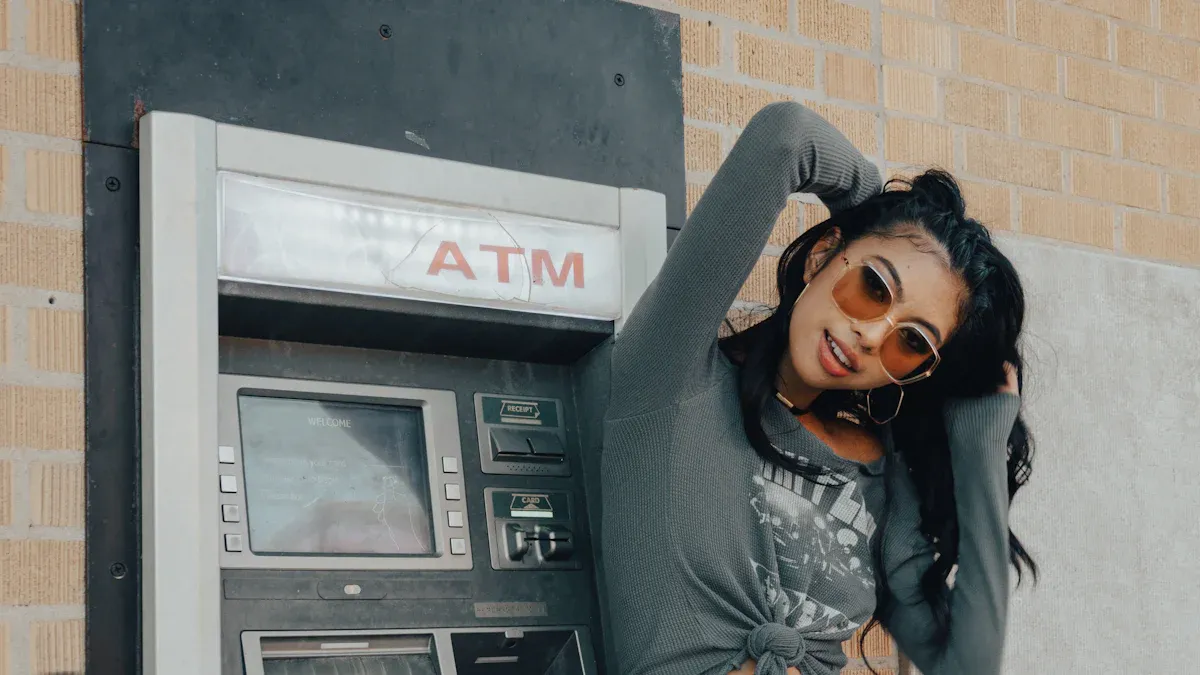
Image Source: pexels
Withdrawing USDT from platforms is just the first step. Ultimately, you need to safely convert these digital assets to cash in bank accounts. This process is called “cash-out”, the final link in completing a full digital currency withdrawal. Below introduce two mainstream cash-out methods and analyze pros/cons.
Method One: Exchange Cash via P2P Trading Market
P2P (Peer-to-Peer) trading lets you trade directly with another user. You sell USDT to them, they pay you fiat via bank transfer, etc.
This method is very flexible. P2P platforms allow direct user trades, sending USDT to the other, receiving fiat from them. For asset security, platforms provide escrow. When you place an order, platform temporarily locks your USDT until you confirm receipt of payment, then releases USDT to buyer.
Safe Operation Guide:
- Choose Reliable Merchants: On P2P markets like Biyapay, prioritize certified merchants with long certification, high trades, high ratings.
- Verify Payment Info: After receiving payment, log into your bank app to confirm funds arrived; do not release USDT based only on other’s transfer screenshot.
- Avoid Risks: Avoid suspicious traders to prevent receiving dirty money.
Method Two: Direct Withdrawal via Exchange Fiat Channels
Some large platforms offer more direct digital currency withdrawal, allowing direct exchange of USDT to fiat and withdrawal to bound bank accounts. Many exchanges including Binance, Bybit support this.
Take Biyapay as example, operate via:
- Complete identity verification in app.
- Bind a bank account in your name, e.g., a licensed Hong Kong bank account.
- On withdrawal page, select fiat withdrawal, enter amount, system auto-converts to corresponding fiat.
- Confirm info and submit; funds usually arrive in 1-3 business days.
This method is simple, clear fund path, but usually has limits and may charge proportional fees.
Comparison Analysis: P2P vs. Fiat Channel Pros/Cons
To help choose best, the table below compares from multiple dimensions:
| Dimension | P2P Trading | Fiat Channel |
|---|---|---|
| Fees | Exchange rate spread, but as “order placer” usually zero fees. | Proportional or fixed, clear fees. |
| Arrival Speed | Usually 15-30 minutes after matching. | 1-3 business days, depending on bank. |
| Operation Convenience | Needs communication with buyer, manual receipt confirmation. | Automated process, simple and direct. |
| Fund Security Risk | Need self-screen reliable merchants, slight risk of dirty money. | Funds from platform, clear path, extremely low risk. |
In summary, if pursuing high efficiency and low cost, willing to screen merchants, P2P is good. If prioritizing convenience and absolute security, fiat channel is more worry-free.
Security Red Lines: Avoid Withdrawal Risks and Scams
After learning to save money, a more important lesson is protecting assets. During digital currency withdrawals, stay vigilant against risks and scams. Remember, security is always first.
Consequences of Wrong Network: Fund Loss Risk
The most serious withdrawal error is selecting the wrong network. If sending assets to incompatible network addresses, e.g., TRC-20 USDT to ERC-20 only address, funds likely permanently lost.
Though recovery not impossible, process extremely complex with no guaranteed success. For example, recovery rates between compatible networks (one EVM chain to another) relatively high at 87%. Some platforms offer network detection AI tools for assistance. But never rely on post-remedies; prevention is key.
Sending to wrong network is like mailing to wrong country’s postal system; recovery hope slim.
Small Test Before Withdrawal: Verify Address and Network
To 100% avoid losses from address or network errors, develop a simple habit: small test. Before any large transfer, send a tiny amount to verify the process.
Follow these steps:
- Send a small amount, e.g., 5 USD USDT, to target address.
- Wait patiently, log into receiving wallet or platform, confirm small funds safely arrived.
- After confirmation, proceed with large transfer.
This simple habit costs minutes and minimal, yet avoids huge potential risks.
Beware Fake “Zero-Fee” Phishing Scams
When seeing “zero-fee withdrawal” or “super high returns” promotions, stay vigilant. These often bait for phishing scams to steal private keys or funds. Scammers create fake sites identical to legitimate exchanges, tricking you into entering sensitive info.
Before any promotion or new platform, learn to verify authenticity:
- Check Regulatory Compliance: Confirm licensed by reputable authorities. Info usually in site footer.
- Research Community Feedback: Search forums or social media for user reviews, beware complaints about security or support.
- Verify Security Features: Check for two-factor authentication (2FA), cold storage, etc.
- Assess Site Quality: Poor design, grammar errors, or missing functions likely scams.
Always access platforms via official channels, never click unknown links.
Now, you master core secrets to reducing USDT withdrawal costs. Remember these four strategies:
- Prioritize low-cost networks like TRC-20.
- Use exchange internal transfers and promotions.
- Choose best cash-out method for your needs.
- Always prioritize security, verify and test before withdrawal.
By mastering these simple practical tips, you not only complete withdrawals safely and efficiently but effectively save every transaction cost, making digital asset management more relaxed.
FAQ
What if my exchange only supports expensive ERC-20 network?
You can first withdraw USDT to a multi-chain wallet. Then, from that wallet, transfer to target address using TRC-20 or other low-cost networks. Though one extra step, it effectively saves fees.
What is the biggest risk in P2P trading? How to avoid?
Biggest risk is receiving dirty money. To avoid, only trade with high-volume, high-rating certified merchants. Verify payer name matches platform real-name info for added security.
Why has my USDT withdrawal not arrived for a long time?
Main reasons may be network congestion, or wrong address/network filled. Copy transaction ID (TxID) to blockchain explorer for status. If long delay, contact withdrawal platform support.
Can zero-fee withdrawals really be achieved?
Yes, completely possible. Using “internal transfer” between same-platform users is zero-fee. Also, watch for platform limited-time zero-fee promotions to seize free withdrawal opportunities.
*This article is provided for general information purposes and does not constitute legal, tax or other professional advice from BiyaPay or its subsidiaries and its affiliates, and it is not intended as a substitute for obtaining advice from a financial advisor or any other professional.
We make no representations, warranties or warranties, express or implied, as to the accuracy, completeness or timeliness of the contents of this publication.
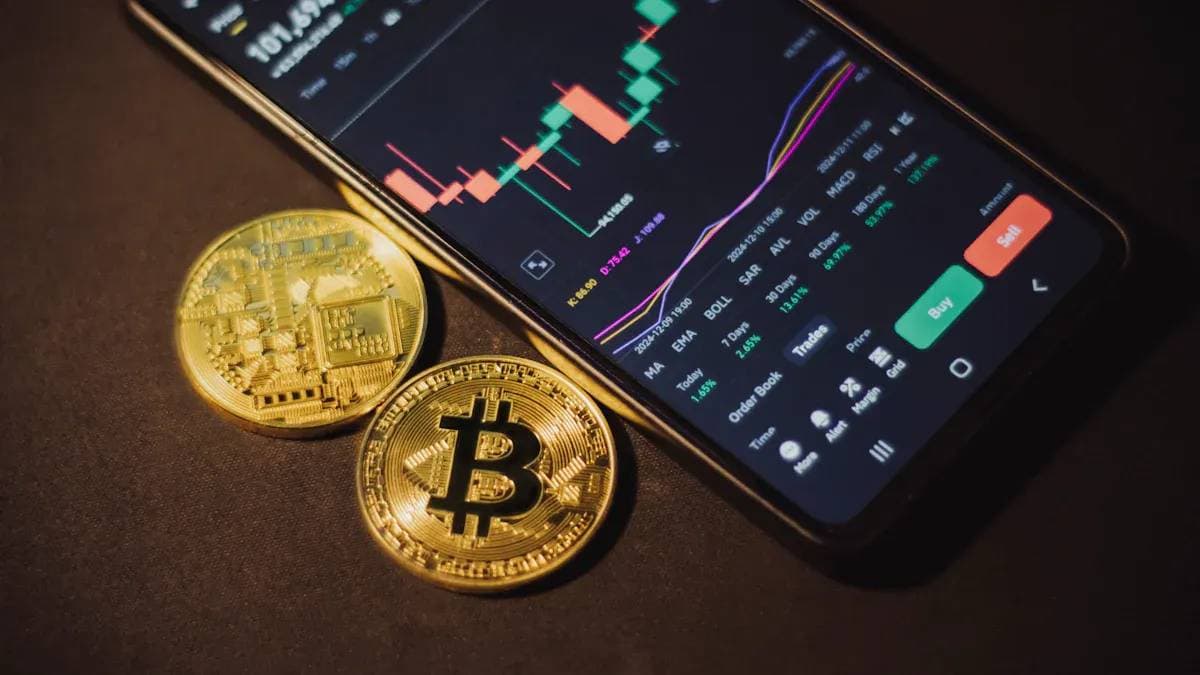

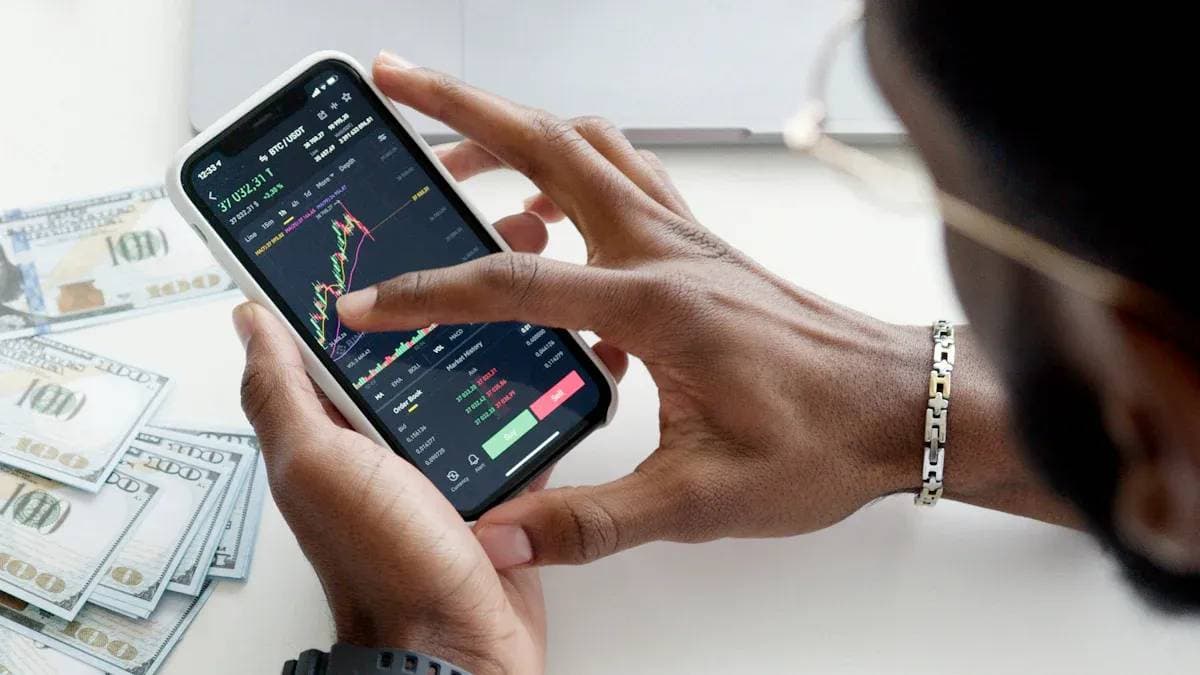
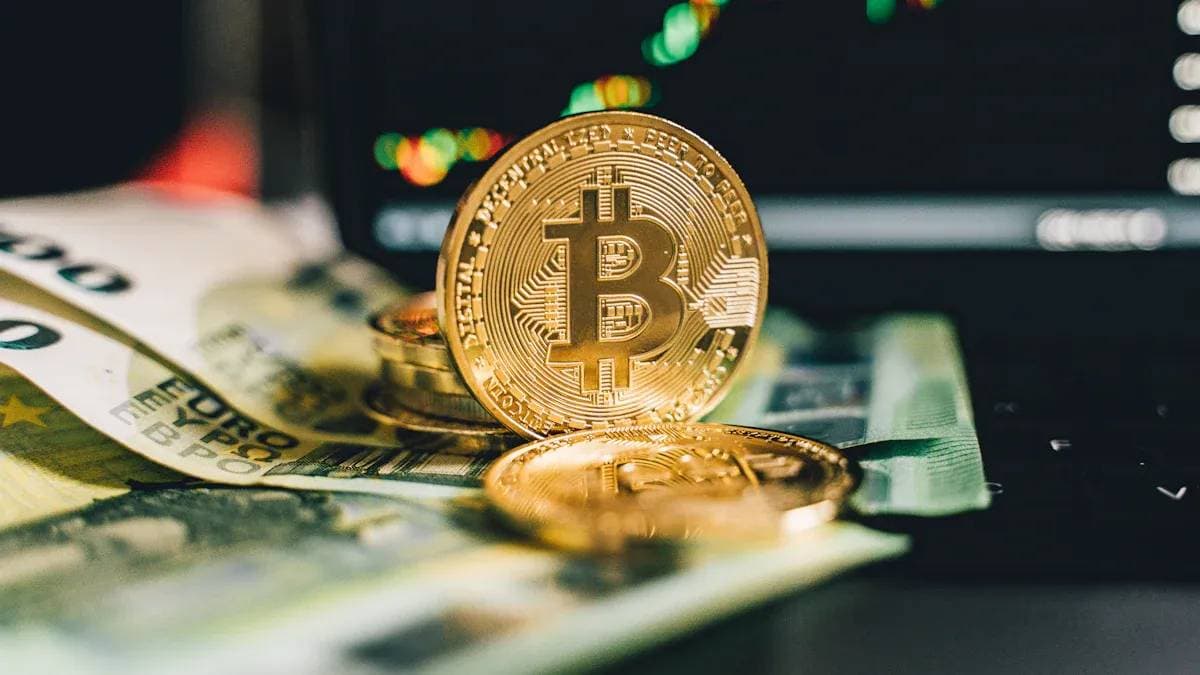
Contact Us
Company and Team
BiyaPay Products
Customer Services
BIYA GLOBAL LLC is a licensed entity registered with the U.S. Securities and Exchange Commission (SEC No.: 802-127417); a certified member of the Financial Industry Regulatory Authority (FINRA) (Central Registration Depository CRD No.: 325027); regulated by the Financial Industry Regulatory Authority (FINRA) and the U.S. Securities and Exchange Commission (SEC).
BIYA GLOBAL LLC is registered with the Financial Crimes Enforcement Network (FinCEN), an agency under the U.S. Department of the Treasury, as a Money Services Business (MSB), with registration number 31000218637349, and regulated by the Financial Crimes Enforcement Network (FinCEN).
BIYA GLOBAL LIMITED is a registered Financial Service Provider (FSP) in New Zealand, with registration number FSP1007221, and is also a registered member of the Financial Services Complaints Limited (FSCL), an independent dispute resolution scheme in New Zealand.




















